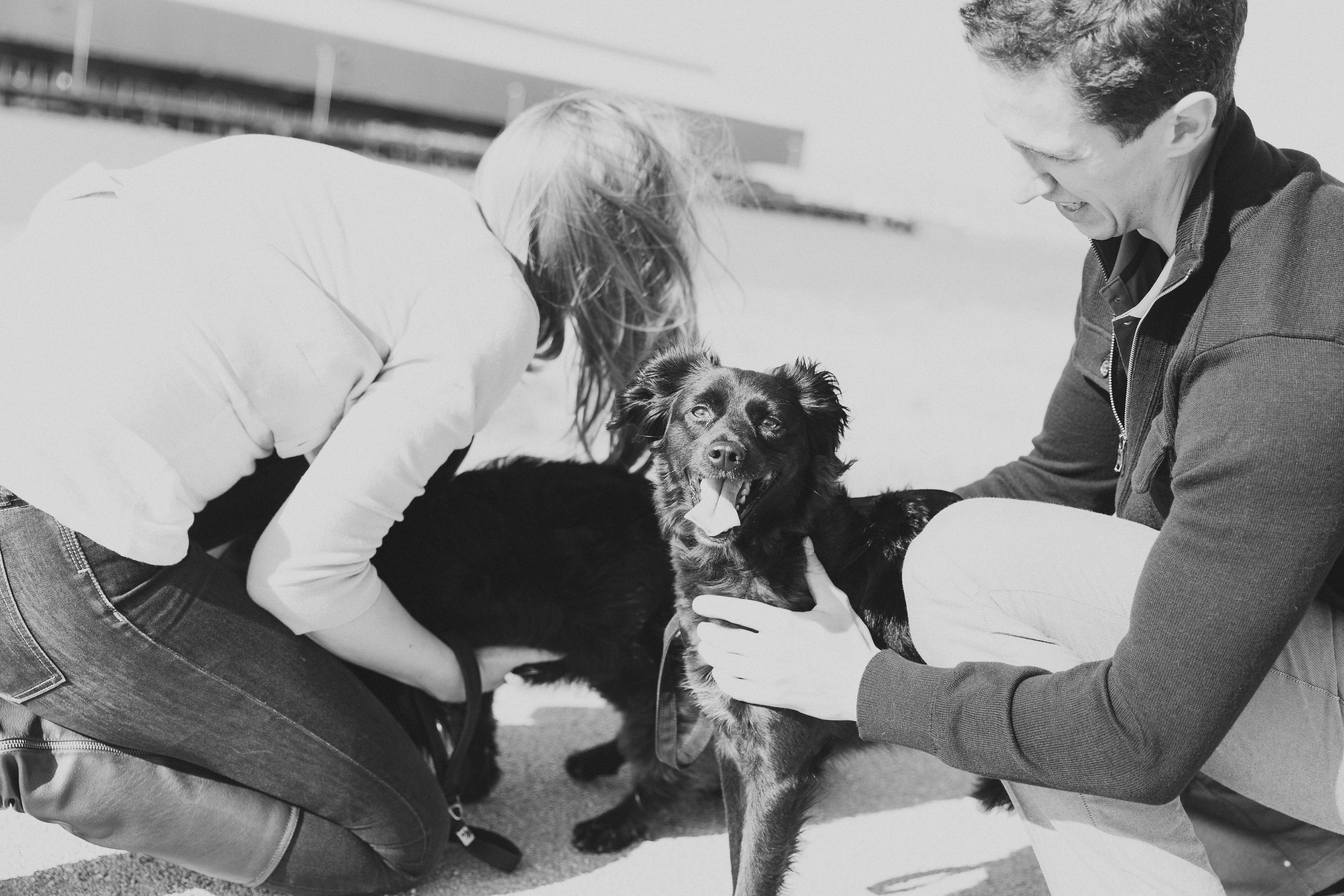Training a dog is likely to test your patience and even cause some frustration, as the repetition needed for success can be tedious and time consuming. But what happens when your dog seems to be taking longer than necessary to pick up the skills and habits you are teaching? Check out these 6 suggestions to help training go more smoothly:
- He’s distracted. Do not train your dog when there are strangers around, or anything remotely interesting in his sight but you. Most dogs’ attention spans are exactly what you’d expect them to be… nearly non-existent! So, don’t try to force the unnatural. Set aside a time, preferably after your dog has been fed and has had play time, and choose a setting where the most interesting thing around is you. That way, you’ll have his undivided attention.
- He’s forgetting. You have to keep your dog sharp! If he’s learning to sit, order him to sit often. After he has the command down, exercise it. Make him sit before you serve his food bowl. Have your spouse ring the doorbell or pick up his leash, and order him to wait. At bed time, order him to lay down. If you forget, so will they. Then, all your hard work will be for naught. Commanding your dog often will also keep his mind and motivation sharp.
- You are taking too long. Think of it this way. If you’re in class for too long, your mind will wander. The professor will start to sound eerily similar to Charlie Brown’s teacher and the material starts to run together. The same happens to your canine companion. Once your dog shows some level of understanding (or even better, success!) reward, and move on. If you keep at it, you’ll bore your poor pet.
“Set aside a time, preferably after your dog has been fed and has had play time, and choose a setting where the most interesting thing around is you.”
- You aren’t being consistent. Ten one minute sessions throughout the week are better than one ten minute sessions once a month. Keep it fresh on your pet’s brain. Once training becomes a part of their routine, you’ll see progress. Think of training your dog like teaching a new language. If you don’t use it, you lose it. Repetition and practice are very important. If your dog isn’t retaining any information, up the amount of time you spend training each week. Some dogs need more time than others.
- You aren’t taking the right approach. Instead of getting angry when you dog does the opposite of the behavior you are trying to teach, use it as a learning moment. Don’t whack your pet with a newspaper when he urinates on that expensive rug. Instead, pick him up and put him on the grass outside. In a clear voice, praise him and allow him to frolic outside for a bit. Negative emotions cause fear, anxiety, stress and confusion in animals. Positive reinforcement is your best bet.
- You aren’t showing confidence. If your dog senses that you’re unsure, or not interested, he’ll mirror you. You should have his full, undivided attention and be using a clear, strong voice. Patience is key, but your pet should know you mean business and won’t tolerate him monkeying around. No confidence, or even low confidence, is a sign of weakness, and may signal to your dog that you are not in charge. Dogs are natural predators with sharp instincts and they can almost always identify a weakness. Of course, we hate to think of our lovable fluff balls that way, but alas, it is in your pup’s nature. So be confident and show him who is (lovingly) in charge.
Keeping these six tips in mind, you should have a well trained pup in no time. Hey, that rhymed!

Photo by Kyle Mackie on Unsplash
If you enjoyed this post, you should read New Year's Eve and Your Anxious Dog here.
Have you had to adjust your approace to training? Tell us how its going!
